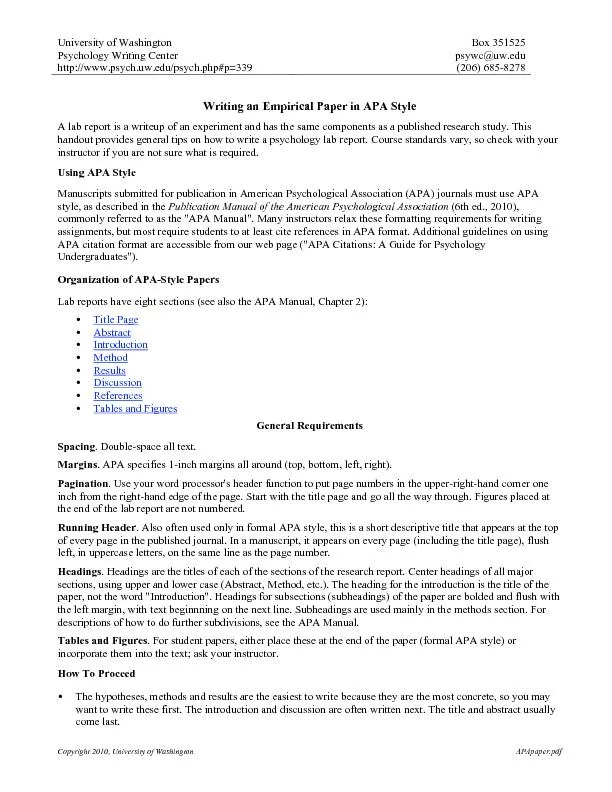PPT-Chapter Eight
Author : kittie-lecroy | Published Date : 2016-02-23
Product Services and Brands Building Customer Value Marketing Mix Product Services and Branding Strategy What Is a Product Product and Services Decisions Services
Presentation Embed Code
Download Presentation
Download Presentation The PPT/PDF document "Chapter Eight" is the property of its rightful owner. Permission is granted to download and print the materials on this website for personal, non-commercial use only, and to display it on your personal computer provided you do not modify the materials and that you retain all copyright notices contained in the materials. By downloading content from our website, you accept the terms of this agreement.
Chapter Eight: Transcript
Download Rules Of Document
"Chapter Eight"The content belongs to its owner. You may download and print it for personal use, without modification, and keep all copyright notices. By downloading, you agree to these terms.
Related Documents














![[PDF READ ONLINE] Taking Back Eden: Eight Environmental Cases that Changed the World](https://thumbs.docslides.com/1017599/pdf-read-online-taking-back-eden-eight-environmental-cases-that-changed-the-world.jpg)